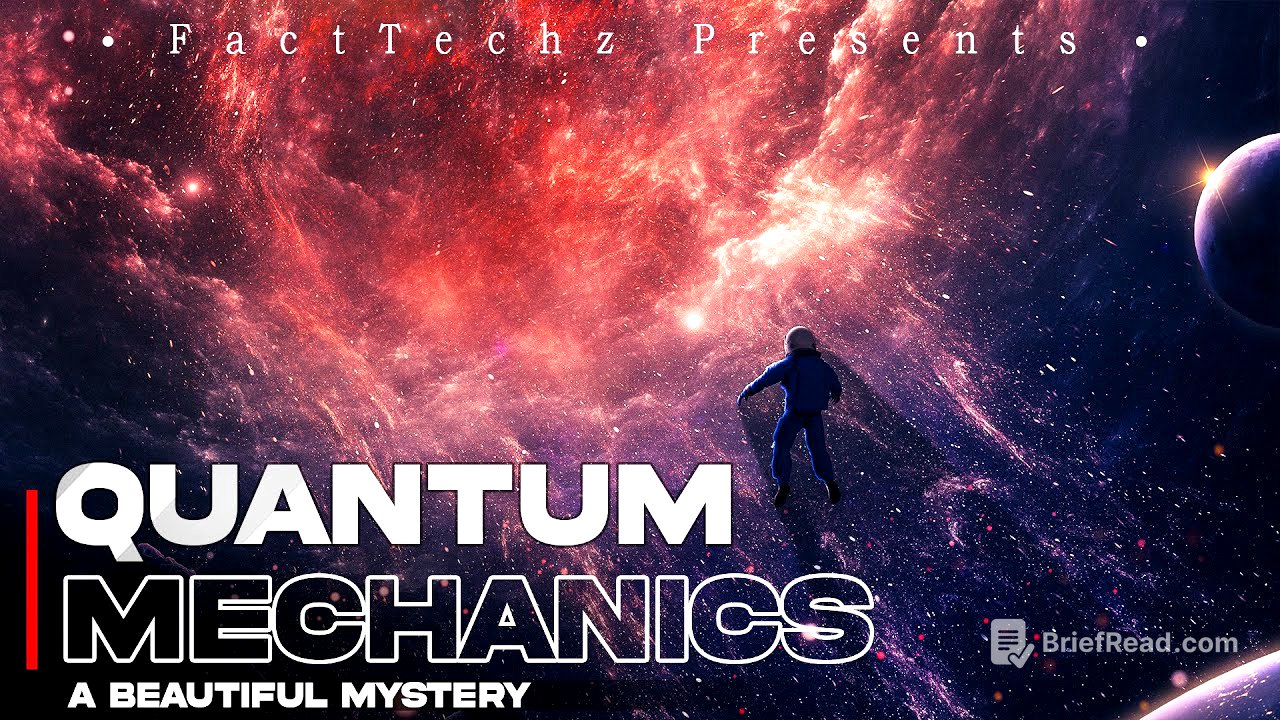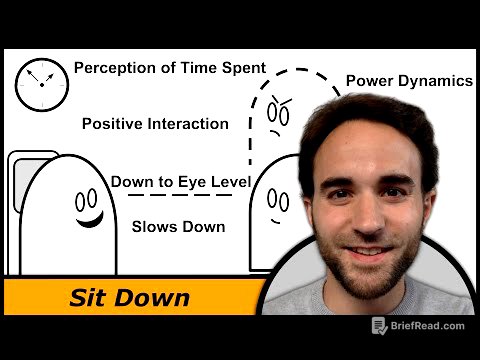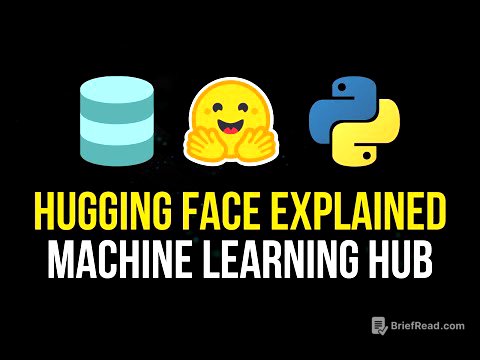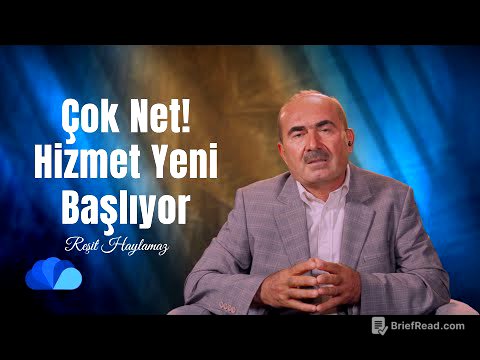TLDR;
This video explores the contrast between conventional physics and quantum mechanics, highlighting the counterintuitive nature of the quantum world. It discusses how matter behaves at the atomic level, the concept of wave-particle duality, and the interconnectedness of everything in the universe. The video also touches upon the relationship between quantum mechanics and spirituality, suggesting that concepts like soul and God may have a basis in quantum phenomena. Finally, it delves into experiments like the double-slit experiment and quantum entanglement, which reveal the observer's role in shaping reality and the non-local connections between objects.
- Conventional physics explains everyday phenomena, but breaks down at the atomic level.
- Quantum mechanics reveals that matter has wave-particle duality and can exist in multiple states simultaneously.
- Quantum experiments suggest that observation influences reality and that objects can be entangled, affecting each other instantaneously regardless of distance.
Introduction to Physics: Conventional vs. Quantum [0:00]
Conventional physics, typically taught in schools, deals with predictable phenomena like gravity's effect on a thrown ball or calculating rocket trajectories to the moon. It allows us to understand and even manipulate aspects of the world, such as weather patterns. However, conventional physics fails to explain the behavior of matter at the atomic or nano level.
The Quantum World: Atoms and Wave-Particle Duality [1:02]
Everything, including people and objects, is composed of atoms that vibrate in specific ways. Atoms are made of electrons, protons, and neutrons. However, these particles don't behave as solid objects when observed at a fundamental level; instead, they appear as waves. This is known as wave function or particle wave duality, suggesting that a table, for example, is essentially a wave and can exist in multiple places simultaneously according to quantum physics.
The Universe as an Ocean: Interconnectedness and Spirituality [2:49]
The universe can be visualized as an ocean, with individual entities like people and objects being waves. While these waves appear distinct, they are all part of the same ocean, implying that everything is interconnected. This concept aligns with spiritual beliefs that emphasize the unity of all beings. Thoughts and actions can affect others because everyone is connected at a fundamental level. Quantum mechanics suggests that concepts like soul and God may be real, with the "ocean" representing a universal consciousness.
Enlightenment and the Nature of God [5:58]
Many people have experienced enlightenment, a state where they perceive their own vastness and connection to a larger reality. This experience suggests that individuals are essentially forms of a single divine entity, or God, experiencing life in diverse ways.
Quantum Experiments: Observer Effect and Time [6:47]
The double-slit experiment demonstrates that electrons only manifest as particles when observed, implying that reality is shaped by observation. This aligns with the Sanskrit saying "Yatha Drishti Tatha Srishti," meaning that the world is formed according to one's perspective. The quantum eraser experiment further suggests that the future can influence the past, with electrons seemingly able to communicate across time. This could explain feelings of premonition or the sense of being influenced by one's future self.
Quantum Entanglement and Superposition: Non-Local Connections [8:58]
Quantum entanglement shows that two objects, once connected, remain linked regardless of distance. A change in one object instantaneously affects the other, suggesting a non-local connection. This phenomenon is mirrored in ancient stories, such as the tale of Krishna existing in multiple places simultaneously, indicating that ancient scriptures may have intuited these mysterious properties of the universe.









